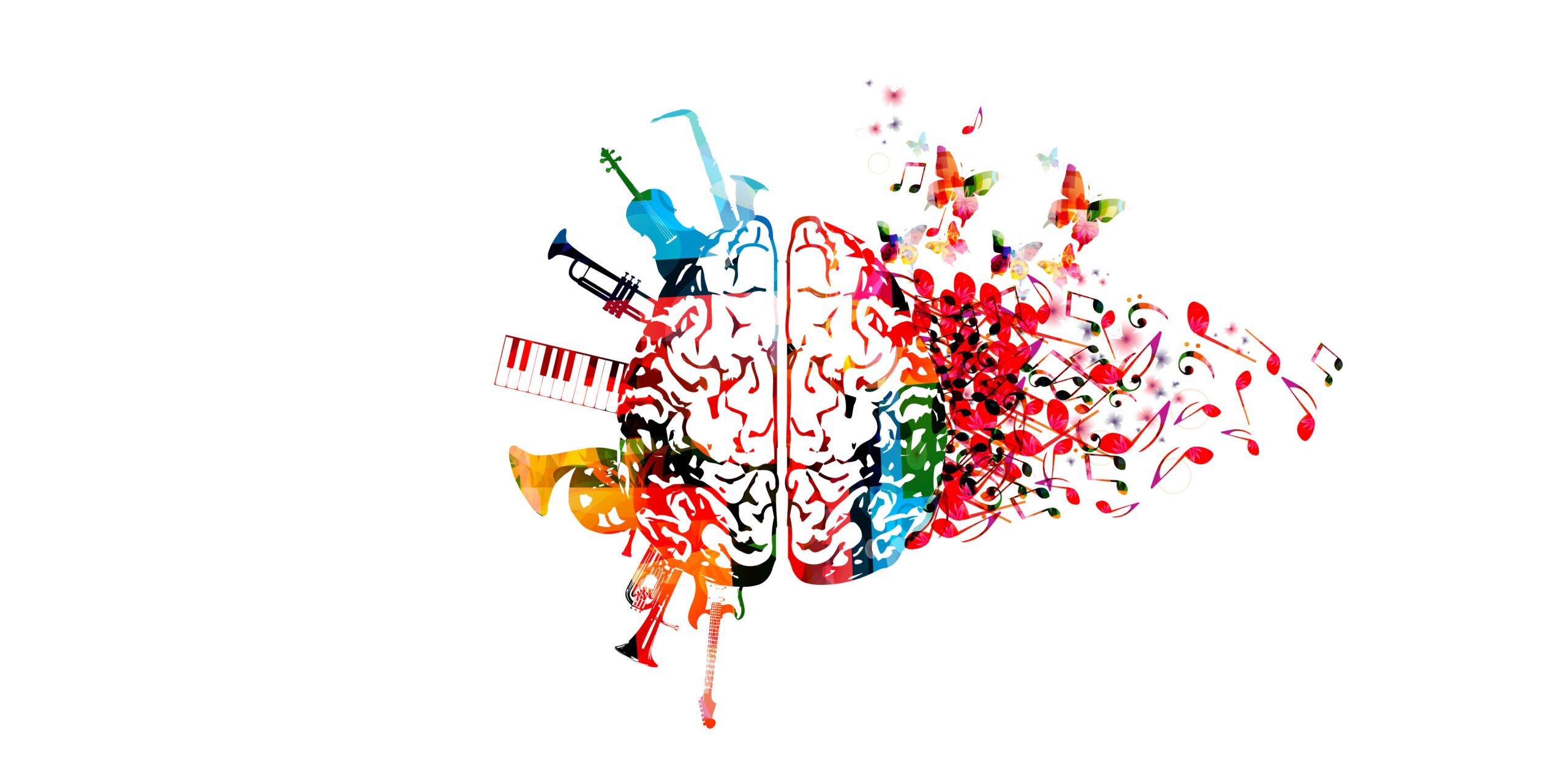A decline in cognitive functioning remains undoubtedly an inescapable fear for the aging population. Recent findings have demonstrated that learning an instrument has the same goal as listening to music in terms of extending one’s cognitive reserve: the brain’s resistance to cognitive impairment. Current evidence shows that elders who received piano training had superior long-term memory and attention compared to non-musically trained elders. Furthermore, playing classical music activates the release of dopamine and serotonin, thereby protecting elders from neurodegeneration.
Playing an instrument activates the entire brain. This whole-brain demand has a neuroprotective role and reverses cognitive decline. Numerous neural networks and brain regions communicate extensively during music-making, which develops one’s sensitivity to stimuli feedback, one’s working memory to retain musical melodies, and one’s self-discipline to play the passages accurately. Furthermore, the constant elevation in one’s attention span boosts their problem solving capabilities (fluid intelligence).
The whole-brain demand stimulates neuroplasticity, which is the remedy for cognitive decline. Neuroplasticity describes the moldability of the brain, similar to molding clay into different shapes and sizes. Some degree of moldability is retained in old age, and its pliability can be extended through musical training. Molecularly, this happens through the reorganization of brain networks and formation of new linkages. Some essential mechanisms include (1) sprouting, addition of branches on axons or dendrites of neurons to connect with other neurons; (2) synaptic plasticity, adjusting the strength of synaptic links; and (3) synaptic efficacy, changing the number of postsynaptic receptors to enhance responsiveness to neural communication.
In addition, musical training simultaneously integrates sensory and motor information during auditory perception, fine motor movements, and pattern recognition. The precise association between one’s body and sound perception engages the auditory and motor areas of the brain. These functionally coupled regions cause larger structural changes in the auditory and motor cortices of the brain as supported by neuroimaging studies.
For example, bimanual training like playing the piano increases functionality of symmetric areas involved in motor and auditory processing. These macrostructural changes are significantly different in the primary motor cortex and cerebellum compared to non-musically trained people.
Musical training clearly has tangible results on inducing neuroplasticity, and there still remain a multitude of microstructural and macrostructural changes to be observed that may help us understand the significance of certain synaptic connections and cortical networks. Since playing an instrument increases the resiliency of the brain, it is a common intervention for elders to stave off the effects of cognitive decline. While listening to music is already a treatment for some neurodegenerative diseases such as Alzheimer’s and Parkinson’s, musical training’s efficacy in elevating cognitive performance qualifies it as a powerful regimen in the near future.
Featured Image Source: abstract










